Wharekarakia Matua o te Wairua Tapu
I te Wairua o te Kotahitanga – United in the Spirit
The Cathedral of the Holy Spirit is the cathedral of the Catholic Diocese of Palmerston North – Te Rohe Pīhopa o te Papaioea. The building was opened in 1925 as St Patrick’s Church, and was designed by the notable architect Frederick de Jersey Clere (who also designed St Mary of the Angel’s Church and St Gerard’s Monastery in Wellington). When the diocese was established in 1980 the church was rededicated to the Holy Spirit as the cathedral. It was renovated, added to and reordered in 1988. The building was designated a Category 1 historic place by the New Zealand Historic Places Trust in 1990.
This year, the Diocese of Palmerston North celebrates 40 years.
Mana Whenua, Mana Tangata
Te Rohe Pīhopa Katorika o te Papaioea – Catholic Diocese of Palmerston North

Deacon Danny Karatea-Goddard
As there are a multitude of stars in the sky, so there are too a multitude of Rangitāne descendants on the land.
How blessed we are to live in a land of beauty, natural resource and in a time peace. As church, as family we all connect and come together as parish, school and faith communities.
Mana Whenua are the tribes, subtribes and families who hold historical and current residency and traditional authority over a defined territory.
For the Palmerston North Cathedral, diocesan buildings, parishes and local schools in the heart of Palmerston North City Rangitāne are the mana whenua. Tānenuiārangi is the common ancestor of the Rangitāne people. He is one of New Zealands most notable ancestors. Also known as Tāne-te-waiora and Tāne-matua, he helped separate Rangi-nui and Papa-tū-ā-nuku so the sun would shine on their children. He also ascended to Te Toi-o-ngā-rangi to bring back the three kits of knowledge.
In the foyer of the diocesan rooms, ‘Te Rau Aroha’ stands a carved canoe prow, a boundary marker of the ancestor.
Tānenui-a-rangi. It is a reminder that there is a special relationship between the Catholic and Rangitāne peoples which needs to be cared for and nurtured now and in the days ahead.
Tini whetū ki te rangi, ko Rangitāne ki te whenua.
He hunga waimārie tātou e noho nei ki tēnei whenua ataahua, matomato anō hoki i tēnei wā o te rongomau. Ka hono tonu te hunga o te hāhi hei whānau i roto i ngā pārihi, ngā kura me ngā hāpori whakapono.
Ko te hunga mana whenua ngā iwi, ngā hapū me ngā whānau taketake e mau ana ki te whakapapa me te mana tuku iho o ō rātou tūpuna, takiwā hoki.
Nō Rangitāne te mana whenua o ngā whenua e tū ana te Whare Karakia Matua o te Papaioea, ngā Tari Rohe Pīhopa, ngā Pārihi me ngā kura.
Ko Tānenui-ā-rangi te matua tūpuna o Rangitāne. He tūpuna rongonui i Aotearoa. He ingoa anō ōna, ko Tāne-te-waiora, ko Tāne-matua, nāna ano hoki a Rangi-nui rāua ko Papa-tū-ā-nuku i tokotoko kia whiti mai te rā ki runga ki ā rāua tamariki. Nāna hoki i piki ake ki te Te Toi-o-ngā-rangi ki te tiki atu, ā ki te whakahoki mai i ngā kete mātauranga.
Kei te māhau o te whare rohe pīhopa o te ‘Te Rau Aroha’ tētehi whakairo, he pouwhenua, he tauihu o te waka e tū ana, arā ko Tānenui-a-rangi ia.
He tohu whakamaharatanga ia mō te hononga kei waenganui i te hunga Katorika me te iwi o Rangitāne, he hononga me atawhaitia, he hononga me manaakitia ināianei, ā mō ngā rā kei tua hoki.
Cathedral of the Holy Spirit – a landmark for many

Fr Joe Grayland, parish priest (acting)
The Cathedral of the Holy Spirit takes its history from St Patrick’s parish and church. The present church, with its statue of St Patrick in the spire, can be seen from all over Palmerston North and even from further afield. The cathedral is a landmark for many people. It is a diverse community. The change from St Patrick’s Church to the Cathedral of the Holy Spirit was many decades ago. To begin with, we spoke of St Patrick’s Parish and the Cathedral of the Holy Spirit, giving due presence to the history and to the future. Now it is the Cathedral Parish. The Gathering Space to the side of the Cathedral is modelled on the Chapter House at Salisbury Cathedral in England. It is the place where the parish gathers to conduct the business of the parish – as the monks gather in the Chapter House to read the rule and conduct the affairs of the community. It was built to the side of the Cathedral so that it wouldn’t compete with the architecture of the Cathedral building itself. The Gathering Space, the worshipping space and the forecourt work together as places of welcome, gathering, prayer that engage with the world.
Te Wairua Tapu – the Holy Spirit

Nick Wilson, Young Catholics Team Leader
It seems wonderfully apt that the Diocese of Palmerston North was consecrated to Te Wairua Tapu – the Holy Spirit. The Spirit – giver of life, advocate, guide, inspirer, encourager, and so much more. Apt too, in that the Spirit is ever present – God the Holy Spirit is here and remains here amongst us.
The cathedral has a unique lighting arrangement to make us cognisant of this. Two glass panes run from the floor close to the ceiling behind the altar. Powerful red lamps throw light up into the glass that has flames etched into it, making it look like it is on fire – a symbol of the Spirit.
In a darkened cathedral particularly, it reminds me of the magnificence and awe of the glory of God and hope in the refining power of the Spirit so we can transcend deeper into the life of God. We welcome you to this Wharekarakia Matua o te Wairua Tapu.
Cathedral of the Holy Spirit

Kate Bell, Catechist
Everyone is stuck by simple soaring lines of the cathedral’s gothic arches, and it’s the beauty of the environment that makes prayer and peace so abundant. It is replete with ‘treasures’ gifted by earlier generations and we give thanks for their generosity and wisdom. The Harry Clarke windows of the Lady Chapel are of international repute, stunning in their use of rich colour that forces a three-dimensional perspective from the familiar medieval technique. The windows of the nave announce the reformation has come to Catholicism in Palmerston North – all ten windows focus on the Parables of Luke in precise detail! They are the work of the Zettler studio of Munich. Their installation in the post war environment of the 1950s is a profound witness to the struggles of healing and reconciliation. The cathedral carvings are more subtle, but of great import. Each of the central pews, and cathedra are adorned with Whakairo from the various iwi of the diocese. Each is a rich lesson from the theological perspective of the master carver. In the Lady Chapel stands a John Falberg’s joyous Madonna commissioned by GB Harrison a treasured parishioner – and eminent Shakespearean scholar who in retirement was one of the ICEL committee who worked so carefully and skilfully producing the English translation of the liturgy called for by Vatican II.
-

Stained glass windows from studios of FX Zettler, Munich, dominate high in the walls of cathedral. -

Cathedral congregation, Sunday 21 June, 2020. -
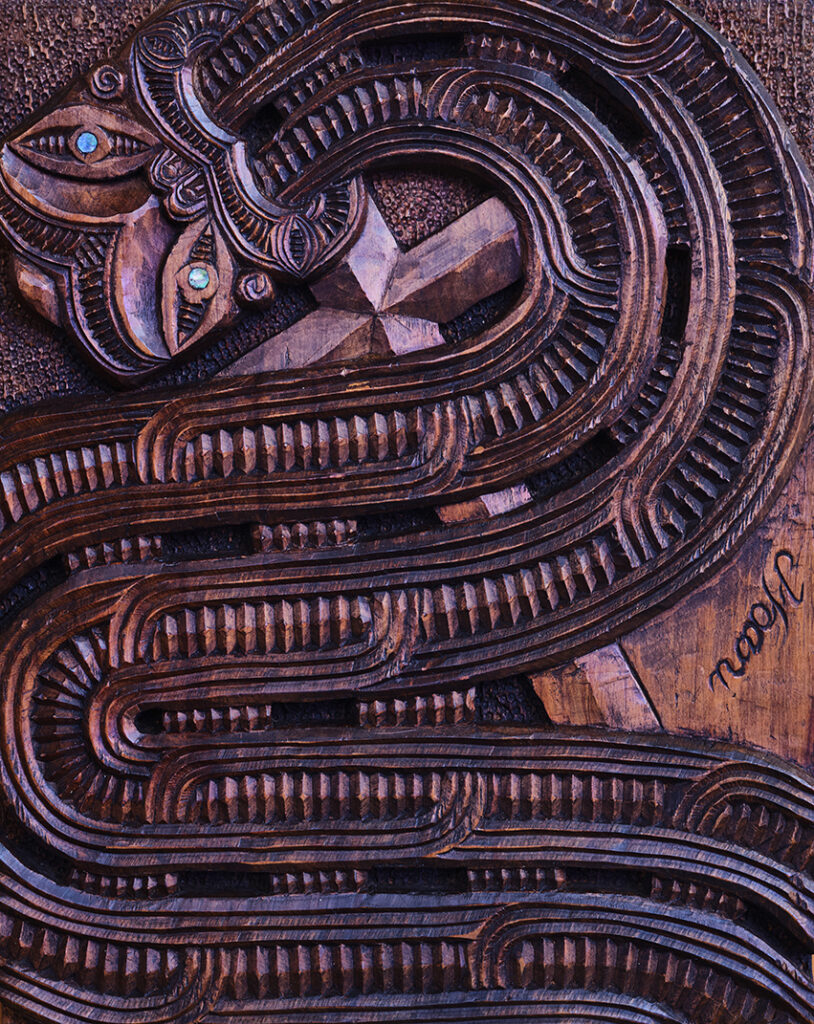
The cathedral has 25 carvings, an expression of faith in wood from the six tribal groups of the Diocese. -
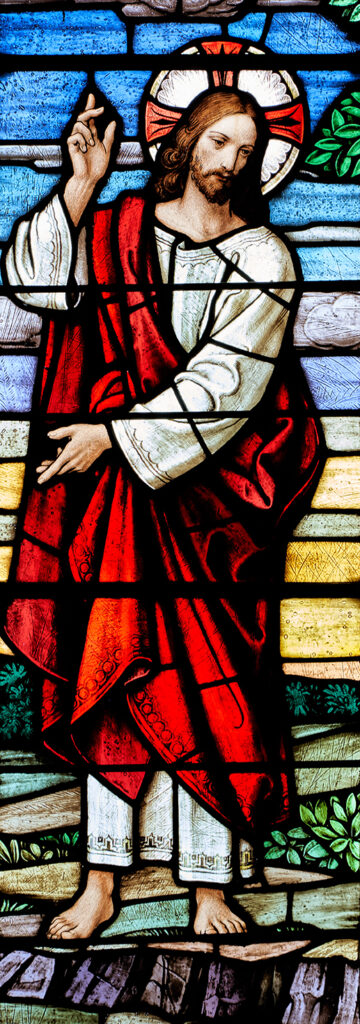
Stained glass windows from studios of FX Zettler, Munich, dominate high in the walls of cathedral. -

The cathedral has 25 carvings, an expression of faith in wood from the six tribal groups of the Diocese. -
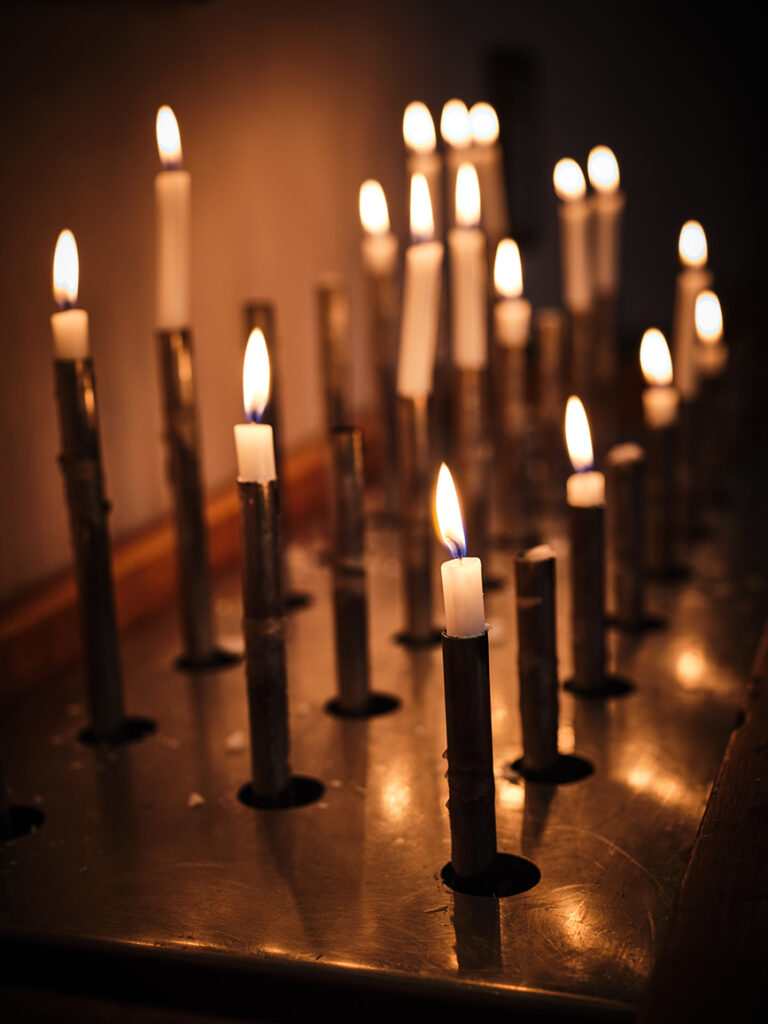
Candles in the Lady Chapel. -
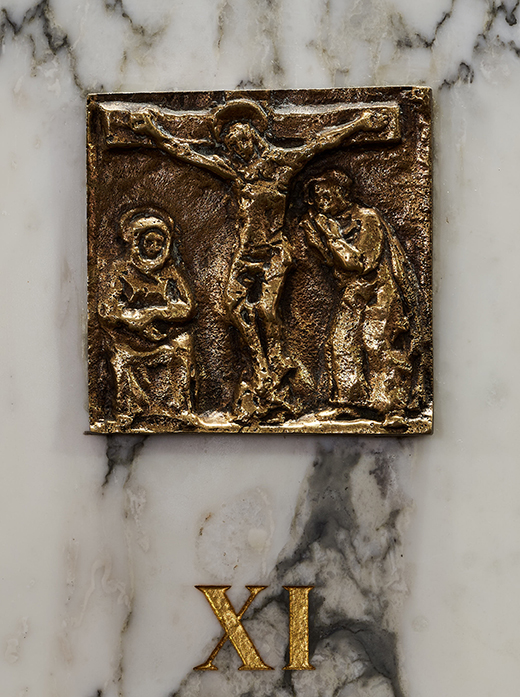
Stations of the Cross, made from brass and marble. -
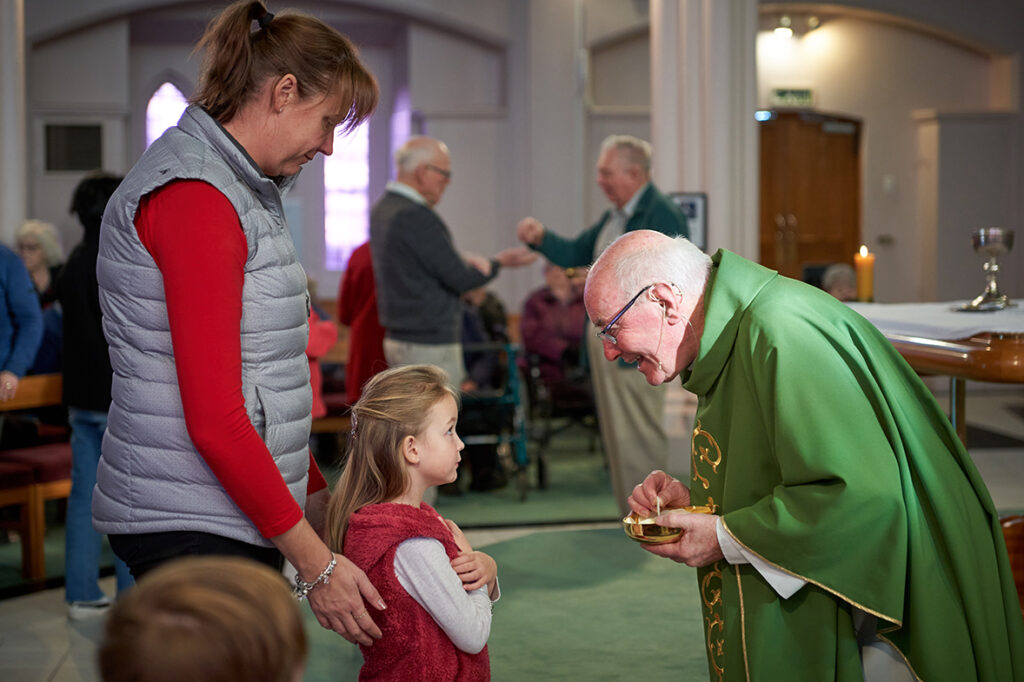
Msgr David Bell and parishioners. -
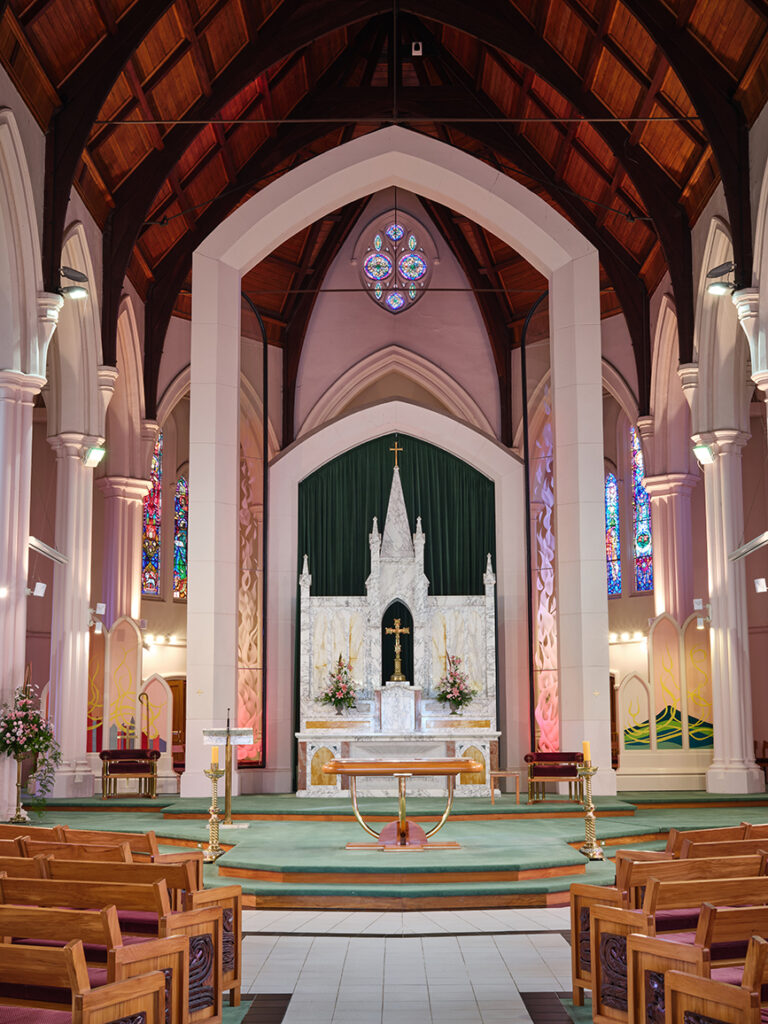
MacManus Memorial Altar, installed 1963, features stained-glass windows depicting the Holy Spirit. -

Cathedra – Bishop’s chair. -

Cathedral congregation, Sunday 21 June, 2020. -
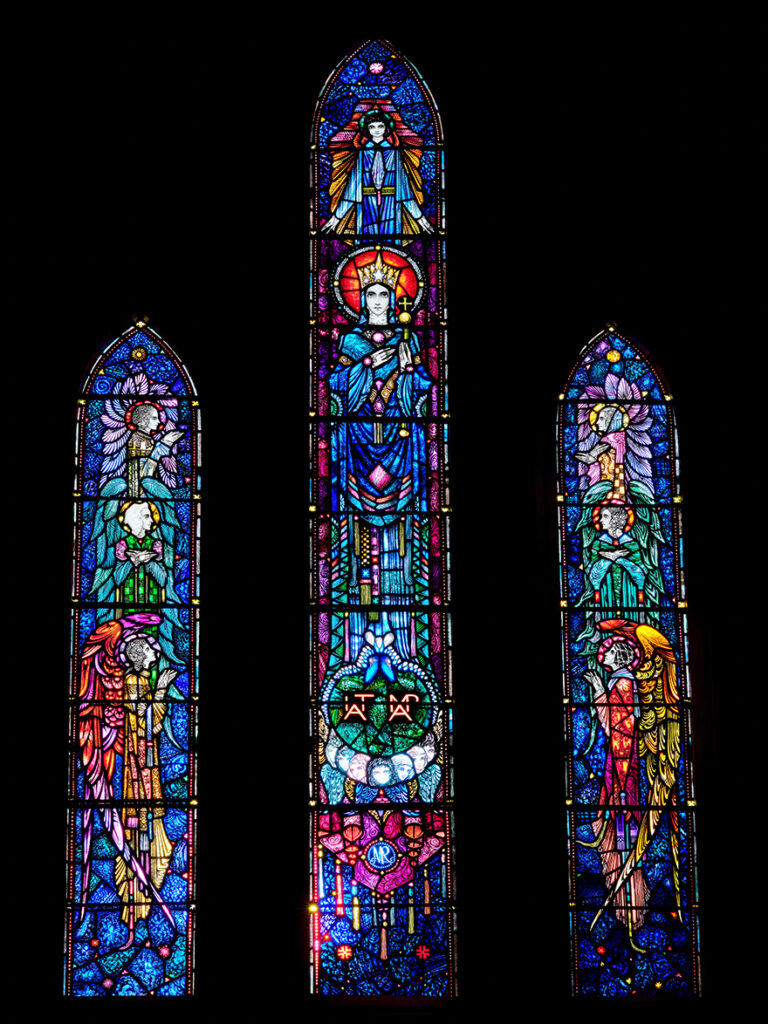
Day Chapel, stained-glass windows, by Harry Clark Studios, Dublin, rich in colour and delicate in design. -

-
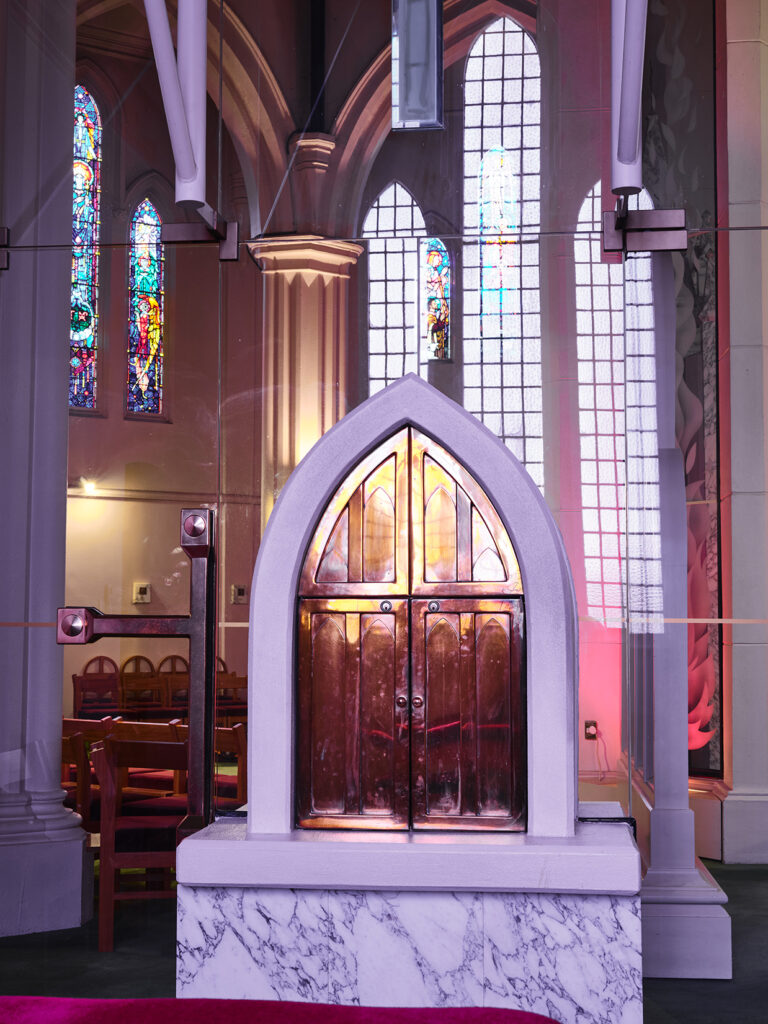
Tabernacle, Chapel of the Blessed Sacrament. -
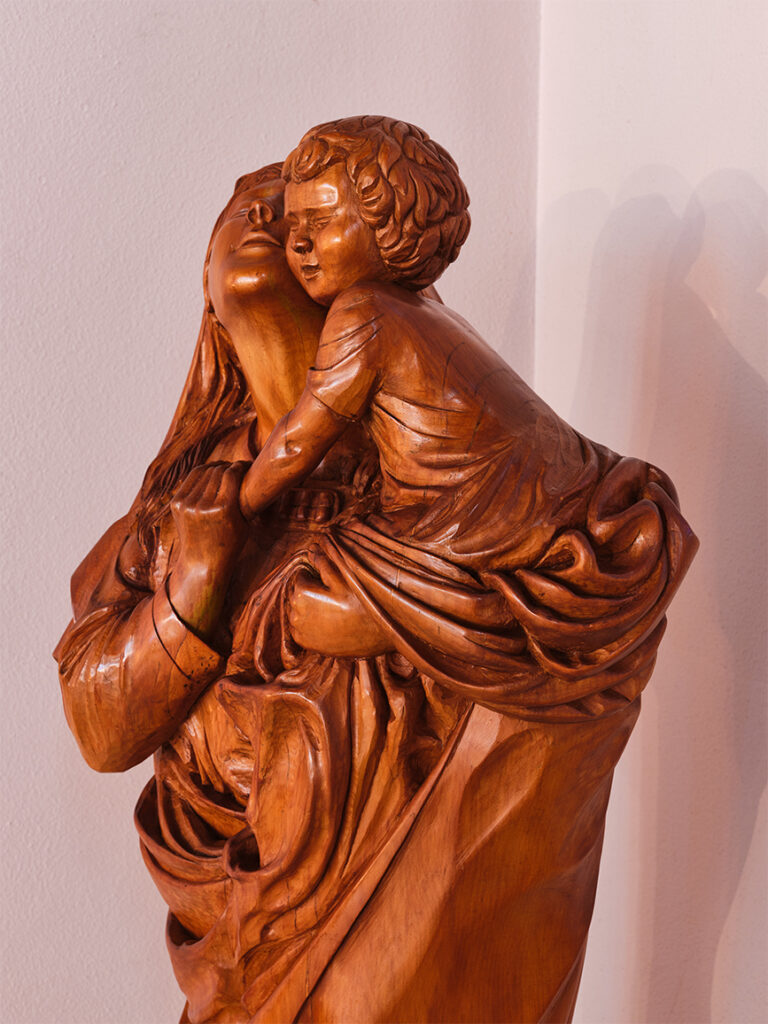
Madonna and Child, in the Lady Chapel, statue carved from solid kauri by John Feldberg of Rongotea.
Photos by David Lupton/Palmerston North
Counselling at ACROSS
Pastoral
Published on 2nd Dec, 2025
ACROSS is pleased to let you know that our counselling service is open and accepting new referrals [..]
Diocese Celebrates Priestly Jubilees at Annual Mass
Pastoral
Published on 24th Oct, 2025
On October 23, the Cathedral hosted the Annual Mass celebrating Jubilees of Priestly Ordination [..]
New Zealand bishops echo Pope Leo's words in new letter
Pastoral
Published on 13th Oct, 2025
New Zealand’s Catholic bishops have welcomed Pope Leo’s first major teaching document [..]
Annual Mass to celebrate Jubilees of Priestly Ordination
Pastoral
Published on 7th Oct, 2025
Everyone is invited to the Mass on Thursday 23 October [..]
St Vincent de Paul members keen to engage in Refounding
Pastoral
Published on 29th Aug, 2025
Over 100 Vincentians gathered in Wellington to embark on a 'refounding' process [..]

